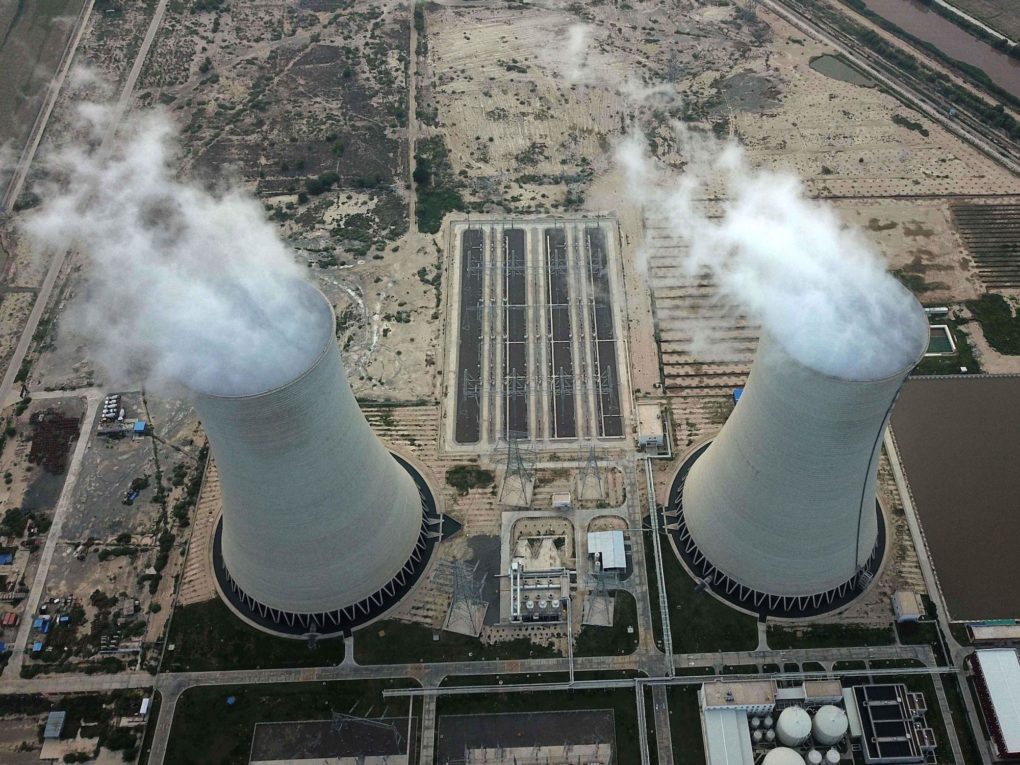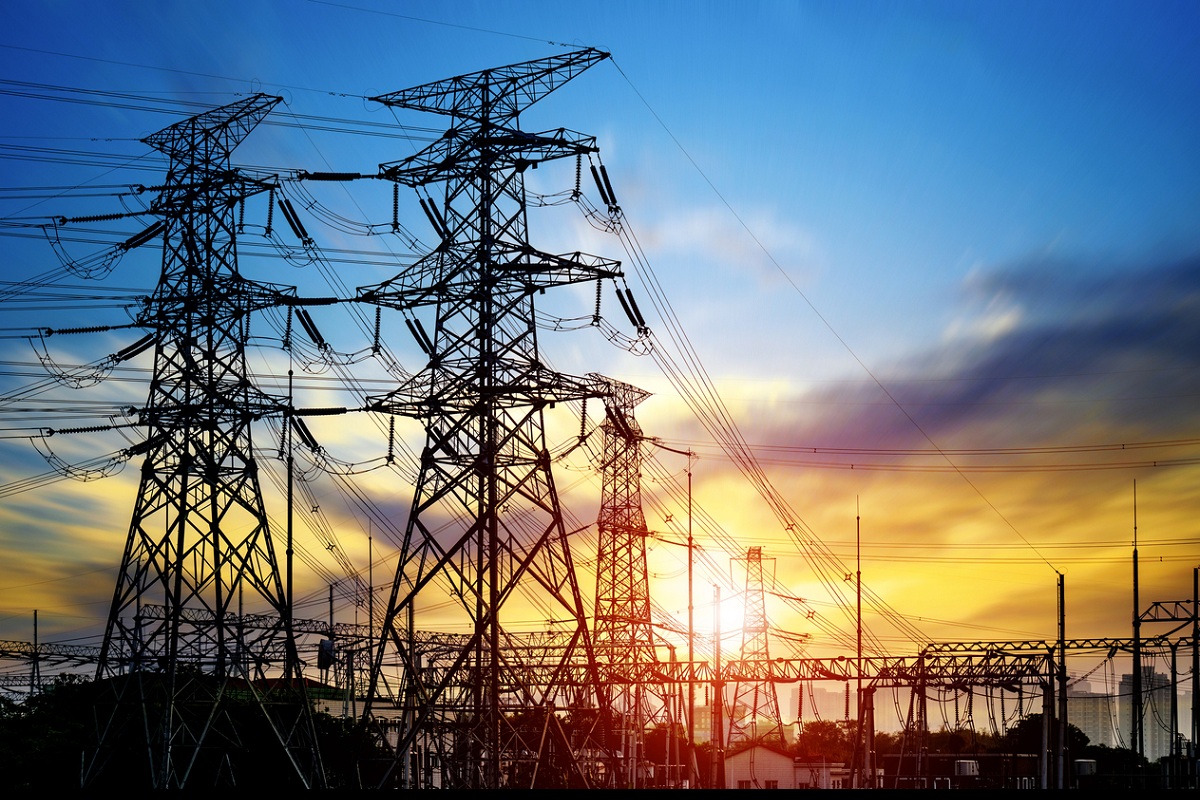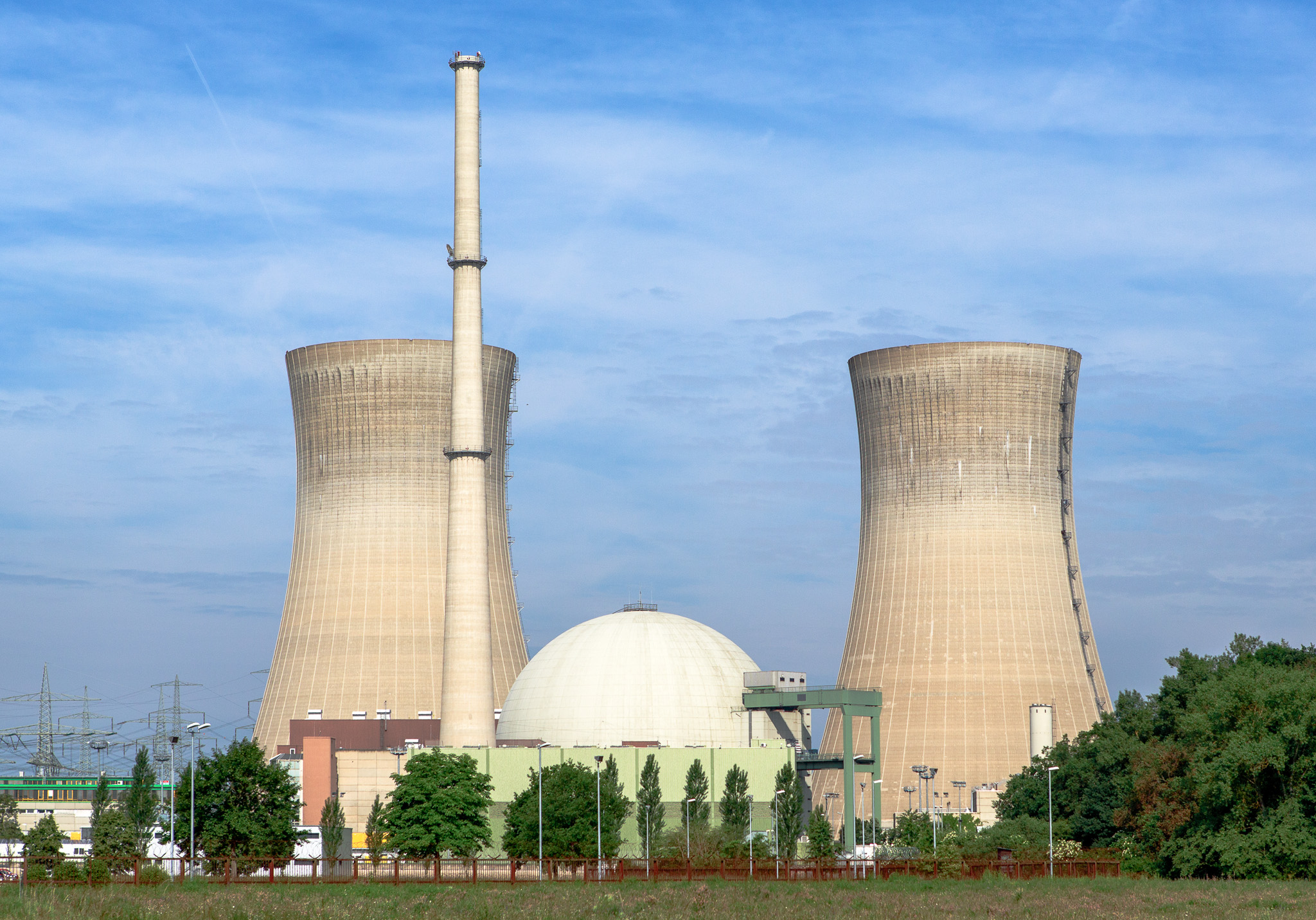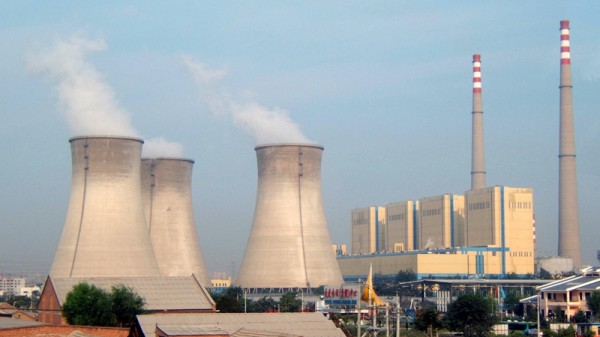Energy Update
China's electricity grid remains major hurdle in its climate change ambitions

Beijing [China]: After Beijing's surprise announcement that it would become carbon neutral by 2060, one of the most pressing challenges for China to meet its pledge to pivot towards renewables is overhauling its electricity grid that is the world's largest, say analysts and officials.
China, the world's biggest electricity generator, power consumer and carbon emitter, has said that it is aiming for renewable power to account for more than 50 per cent of its total electricity generation capacity by 2025, reported South China Morning Post (SCMP).
This mainly involves pivoting to solar and wind energy and away from coal, and such a drastic swing could play havoc with China's electricity network as renewables can fluctuate with weather, say officials.
A senior manager in charge of China's State Grid - the world's largest utility managing 75 per cent of the country's network - said the system had already "reached its ceiling" of how many renewable sources it could handle and still maintain stable operations.
Analysts maintain that major costs of grid investment would involve new power lines, retooling hundreds of coal plants as backup generators and ramping up storage capacity. At least seven new ultra-high voltage power lines would be built over the next five years to better connect the country's far western regions, where solar, wind and hydropower plants are mainly located, to China's big cities, the State Grid said. This can cost up to USD 34 billion.
China is also struggling to promote costly modifications to coal plants, allowing them to offset gyrations in renewable power, SCMP reported.
Zhang Shuwei, a director at Draworld Energy Research Centre, opined that China would not be able to advance its green agenda in lack of a mechanism to make coal power unfavourable in the booming moment of renewables.
Bing Han, a senior research analyst at IHS Markit, expects China to need about 120GW of energy storage to support additional solar and wind power needs by 2030, which is four times more than the 32.3GW capacity in place as of 2019, according to China Energy Storage Alliance.
Furthermore, Chinese officials have said they are worried about slow technological developments. "Power storage technology has not realised revolutionary progress," said Li Gao, director of the Climate Change Department at the Ministry of Ecology and Environment.
Meanwhile, other analysts questioned China's commitment to renewable power plans given its lack of clarity on phasing out coal and continued expansion of new power plants. (ANI)
ANI


Conversation
- Info. Dept. Reg. No. : 254/073/74
- Telephone : +977-1-5321303
- Email : [email protected]














